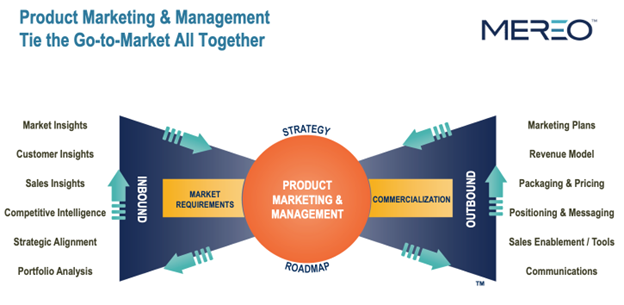In college we all knew that person who waited until the last minute to open Word and finally start that essay due the next day. (Or, maybe we were that person.) They may have got along alright grade-wise, but this approach leaves us at risk of missing key information and opportunities to learn and grow. And unfortunately, this mad-dash to the finish line does not always go away once we are out of college.
Your annual strategic plan demands months of preparation and efforts. It also rests on the joists of key input from across your organization — from market and customer insights to sales input and competitive intel.
Most product managers collect some of this information with random methods throughout the year or scramble to get the input in the final quarter. Despite knowing this annual deadline is looming, they tend to wait until the last minute and scrounge up whatever they can and pull together all they have piled up. They react.
I want to encourage you during this upcoming annual strategic planning season to get strategic and proactive. It is never too early to start gathering inputs for your strategy. In fact, I want to show you how to build structures within your organization to be gathering bite-sized inputs throughout the year.
FUNNELS OF CONTINUOUS INPUT
Most organizations receive inputs in a number of informal, unpredictable ways: emails, meetings, conversations, lost deals, etc. These inbound inputs are paramount to your organization’s outbound and go-to-market success, though, and cannot be left up to chance. By translating your current flow of inbound inputs into a repeatable, formalized process, you can help improve overall outbound success and feed into sustainable revenue performance.

Here is how we recommend you get started:
Client Advisory Boards (CABs)
CABs can serve as relevant external validation for all product teams. They stand in place of your buyers by matching similar criteria or they can even be members from your buyers’ decision-making teams for primary feedback. At Mereo, we help assemble CABs and build regular meeting structures. It is important to look to this vital audience to take note of their feedback and to align your strategy to what is most important to them and their needs. This is not only valuable to you, but it is a great way to make your customers feel valued and vested in your future.
Quarterly Business Reviews (QBRs) and Sales Advisory Boards (SABs)
Make use of your current formalized structures within your organization — or create new opportunities. As the product manager, show up to every QBR with the intent to gather strategic feedback from the sales force. If you need more, develop sales advisory boards, with a virtual or in-person roundtable of sellers from across regions and product lines serving the sole purpose to share market insights. This offers an additional benefit of aligning your organization, giving your product management the opportunity to present what you are seeing while sales can share their perspective.
Competitive Intelligence
Without a cohort dedicated to competitive intelligence, teams usually glance at competitor activity as an afterthought, often on the heels of a loss or a series of losses. Yet this approach does not help your organization get ahead of the competition. Rather, your team would be better served by having a continuous point-of-view of the competition in order to win against them. Build that team and develop regular reporting structures, such as Win / Loss reports to keep that pulse.
EMPOWER YOUR ENTIRE SOLUTION MANAGEMENT ENGINE
A formalized annual strategic plan provides the direction for the year ahead — but if one part of your solution management engine is lacking, it is likely goals will be hard to reach and many frustrations await. Take this time to also take a larger step back and analyze your solution strategy overall. With the support of our Expert Guide to Elevating Revenue Performance with Solution Management, you can optimize your solution management engine in five key areas for sustainable revenue performance.
